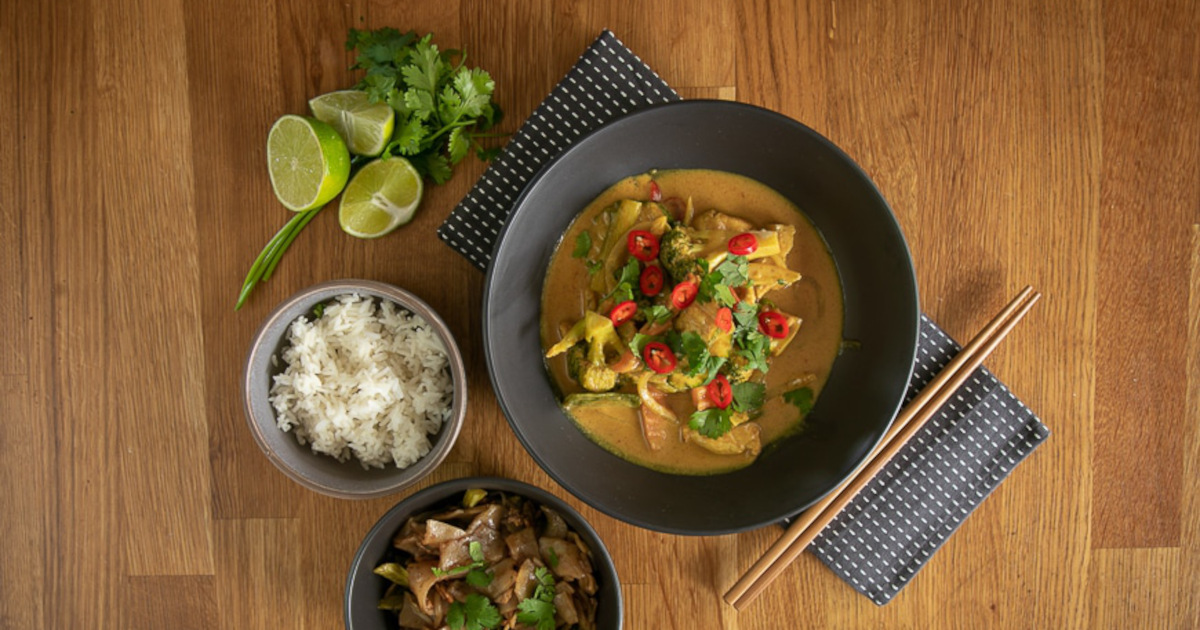Product photography is more than just capturing an image of an item—it’s about telling a story and engaging potential customers. In the world of marketing collateral and digital media, different types of product photography play unique roles. Let’s explore some key photography styles and techniques that can elevate your marketing efforts.
Overhead / bird’s eye view

Technique
The overhead or bird’s eye view involves placing the camera directly above the product. This angle mimics how a person would naturally look at a book laid open on a desk or table, or even a spread of food. More importantly, details can be more clearly seen from directly above.
Applications
- Cross-selling: Include additional items, like pens or journals, around the main subject to suggest complementary products and encourage additional purchases. Some social media sites allow multiple products to be tagged on a single image.
- Clear product photos: Showcase items without any angle distortion, ensuring clarity and focus on the product.
Wide angle
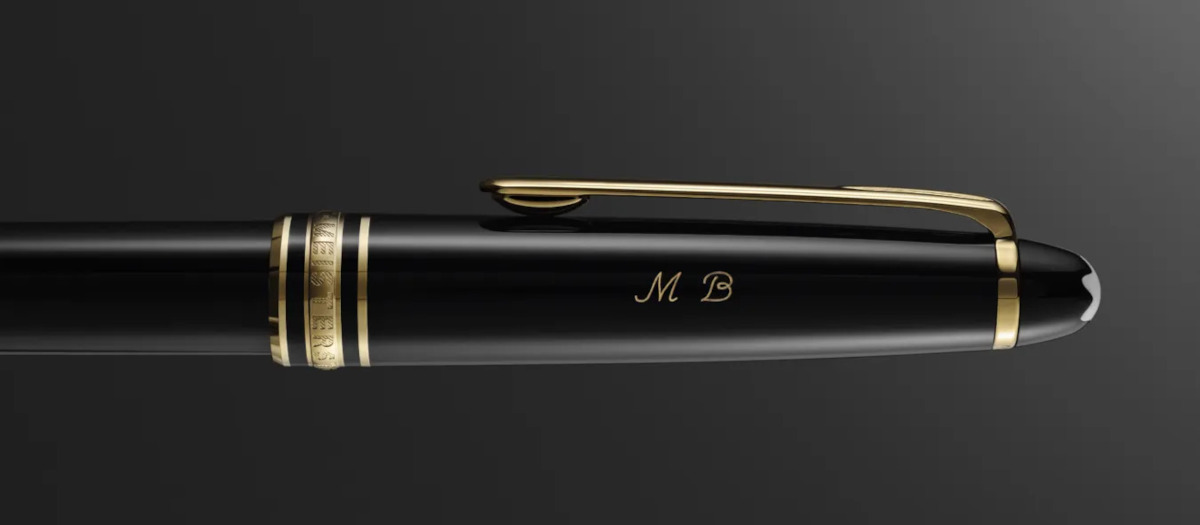
Technique
Capture a wide and short field of view, focusing on key elements. This is especially useful for banners and headers where a panoramic aspect ratio (e.g., 2:1, 3:1, or 4:1) is required.
Applications
- Email headers/footers: Use wide-angle shots with negative space for text overlays.
- Ad banners: Create engaging visuals that fit standard banner dimensions while highlighting the focal points.
Low Angle

Technique
Position the camera low to make the subject appear larger than life. This is particularly effective for tall products with nice details.
Applications
- Stunning product photos: Present items like drinkware or handheld items in a way that makes them look impressive and substantial.
Negative Space
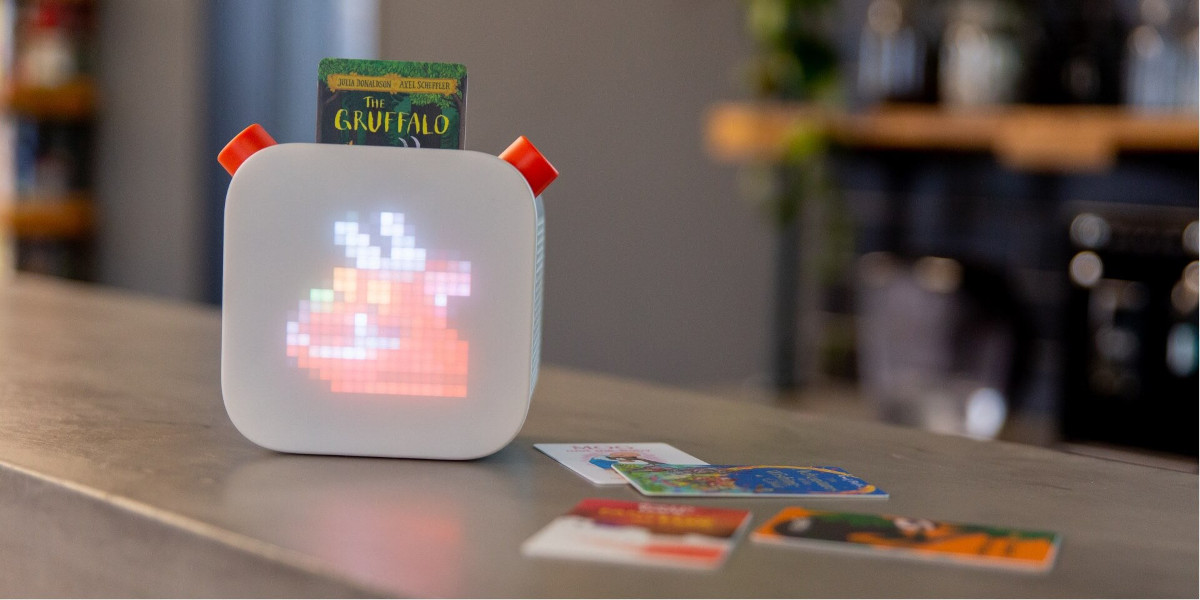
Technique
Leave ample space around the subject for text or other design elements. This can be to the sides, top, or bottom.
Applications
- Hero images: Perfect for website homepages where overlaid text or calls-to-action (CTAs) are needed.
- CTA images: Include buttons and CTAs for marketing materials.
Flip technique / stop motion
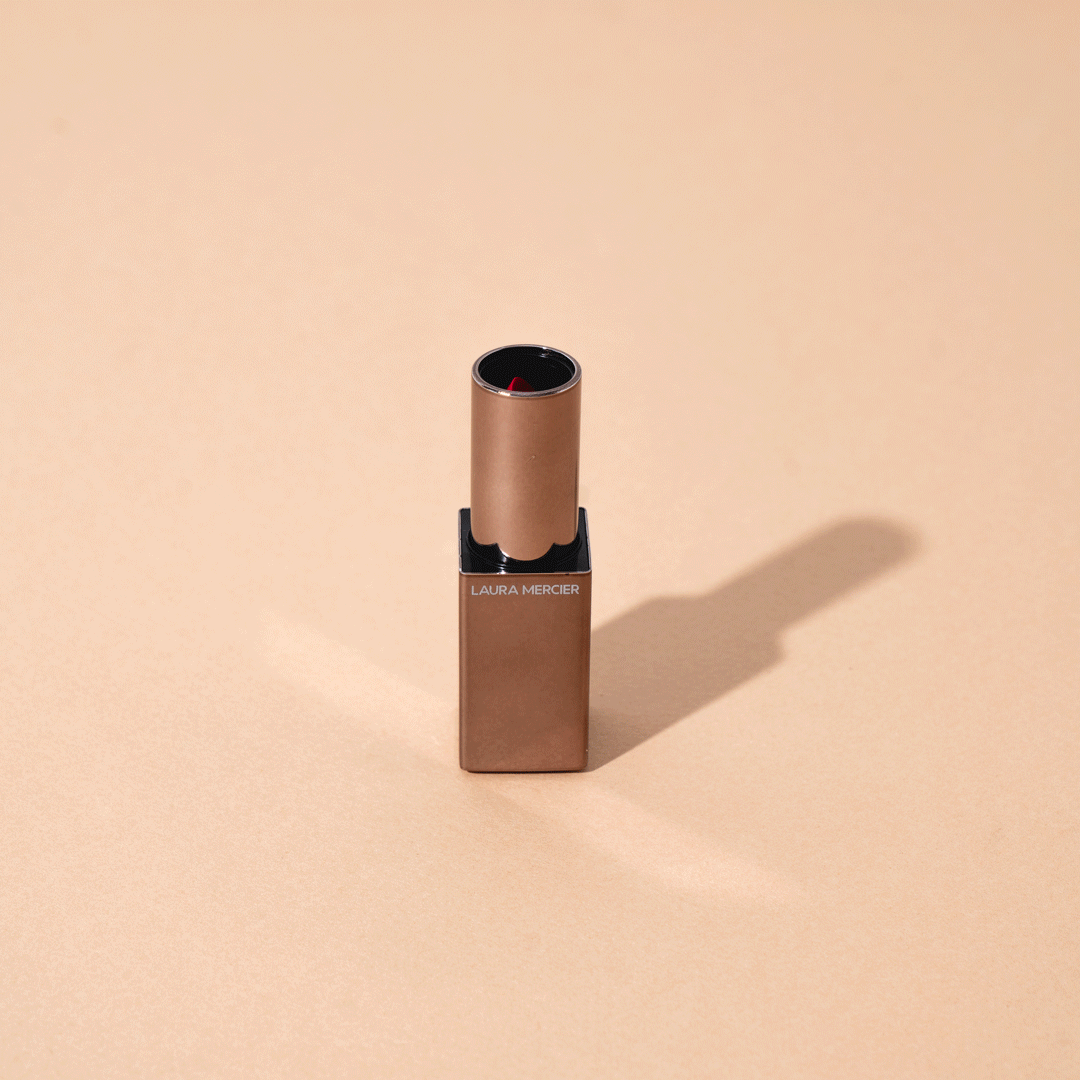
Technique
Fix the camera in one position and take multiple shots of different pages or product variations. This creates a flip-book or stop motion effect. For the best results, use a remote shutter to avoid touching the camera and moving it, and tape the back of the item to the floor to prevent it from moving as it is adjusted.
Applications
- Animated GIFs: Show different pages of a book or workbook in a seamless manner, or walk through the steps of using a product.
- Advertising: Create awareness by quickly and visually demonstrating a product’s ease of use, especially if using the product involves multiple steps.
- Consistent images: Standardized photos that focus on content changes rather than photographic differences.
Lifestyle photography: personal and group use

Technique
Capture candid shots of individuals and groups using the product in real-life scenarios.
Applications
- Individual use: Show users engaging with the product personally.
- Group settings: Highlight the communal aspect of a product or category of products.
- Advertising: Supporting images to create awareness of the usefulness of the product.
- Point-of-sale product photos: Images of individuals and groups demonstrating how the product(s) can be used in everyday situations, helping potential buyers see themselves using the product(s).
Lifestyle photography: on-the-go
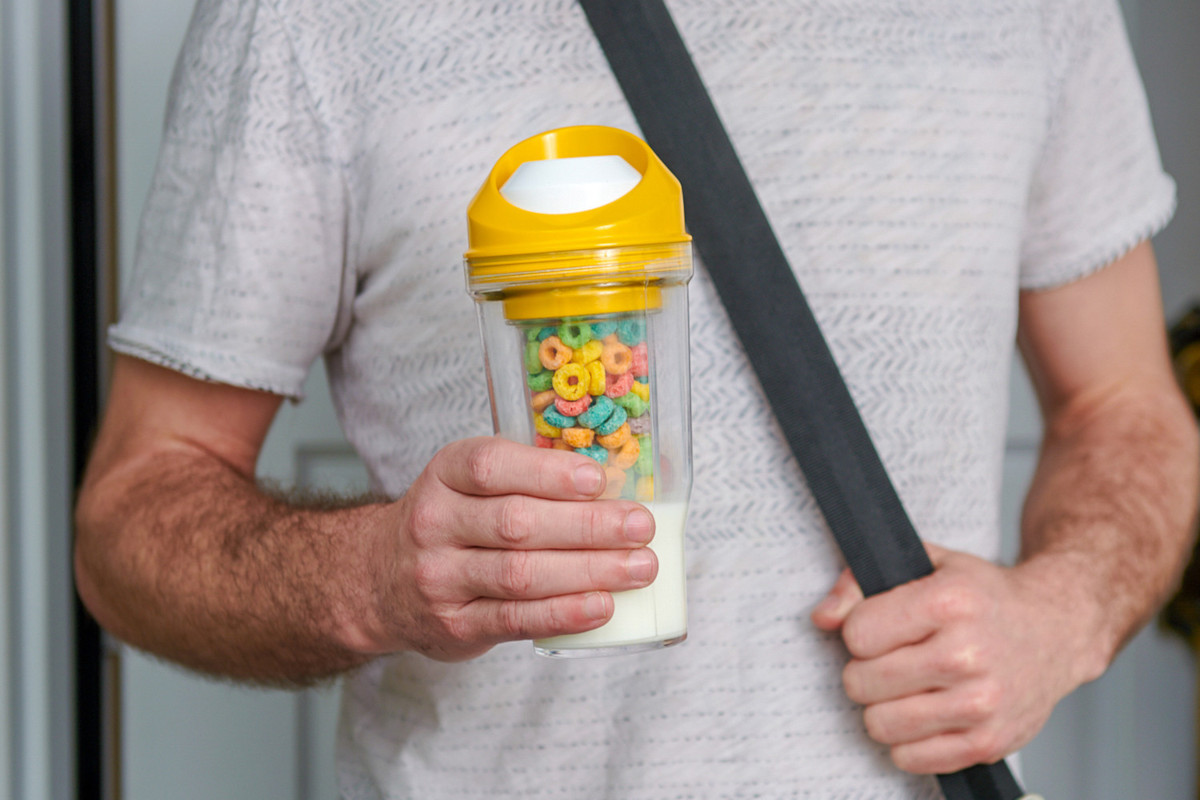
Technique
Show the product in everyday life situations, emphasizing its convenience and accessibility. This technique is especially useful with products that are easily carried in a backpack, purse, or pocket.
Applications
- Daily life integration: Images of the product being part of users’ daily routines.
- Advertising: Supporting images to create awareness of the convenience of using the product with a busy schedule.
- Dynamic lifestyle photos: Examples include a book in a backpack or near a busy parent, or drinkware that is hassle-free and easy to transport, suggesting the product’s versatility and ease of use.
Conclusion
Each type of product photography serves a unique purpose in marketing. From overhead shots that offer a clear, distortion-free view to wide-angle photos that leave room for text, these techniques help tell a story and engage potential customers. Incorporating a variety of styles ensures that your marketing collateral is both visually appealing and effective in conveying your message. By strategically using these photography styles, you can create compelling marketing materials that resonate with your audience and drive conversions.
